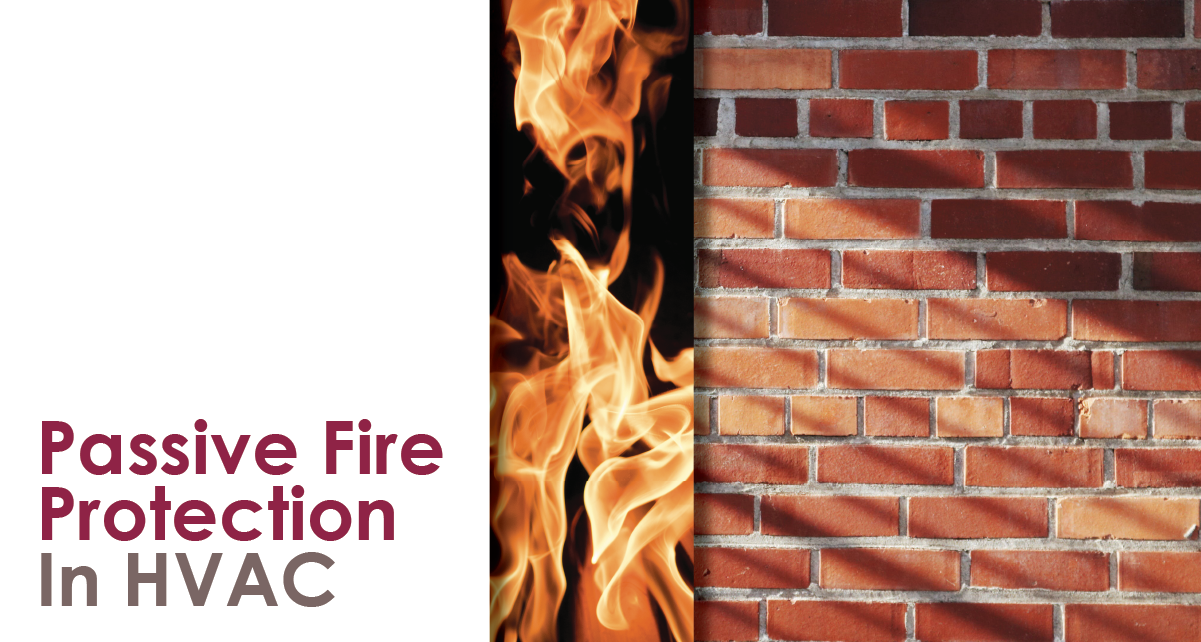Fire dampers and smoke dampers are passive fire protection devices installed in your HVAC. These dampers hinder the spread of fire and smoke, buying valuable time for the building's occupants.
The Importance of Fire Safety
Fire safety is one of the most important requirements of a construction project. Every building must have a working fire protection system in place. And owners most regularly test this system to ensure that all parts are in proper working order. A fire protection system will comprise two types of devices: passive protection and active protection.
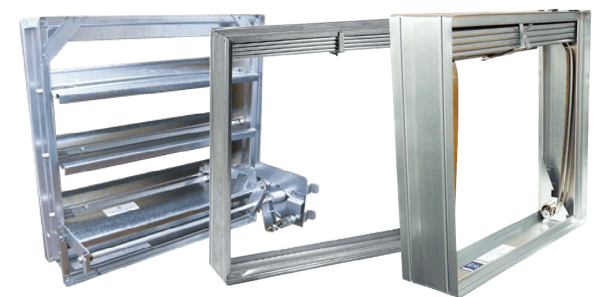
Fire dampers can have multiple blades like a standard control damper, or they can use a curtain blade. Curtain blade fire dampers are common in HVAC.
Active protection refers to devices that play an active role during a fire event. Devices like fire extinguishers and sprinkler systems are obvious examples of active devices because they work to suppress the fire and to extinguish it. They take an active role in fighting the fire.
Smoke detectors are active devices, even if they don't suppress or extinguish fires. They still play an active role during an emergency. Smoke detectors alert occupants to smoke, so that they can quickly leave the premises through the designated fire exits. Smoke detectors can also work with passive devices to keep fire contained.
For more on HVAC, consider reading these articles.
- Anatomy of a Damper
- The Condesner - Temperature Limits for HVAC Dampers
- The Four Types of UL Life Safety Dampers
Passive Fire Protection
Passive protection plays a passive and key role during a fire. Where active devices can suppress fire, passive devices work to prevent the fire from spreading through the building. Passive devices slow the spread of fire, so that occupants can evacuate the building, but not on their own. Fire-resistant assemblies must incorporate several passive devices. These assemblies create a compartment.
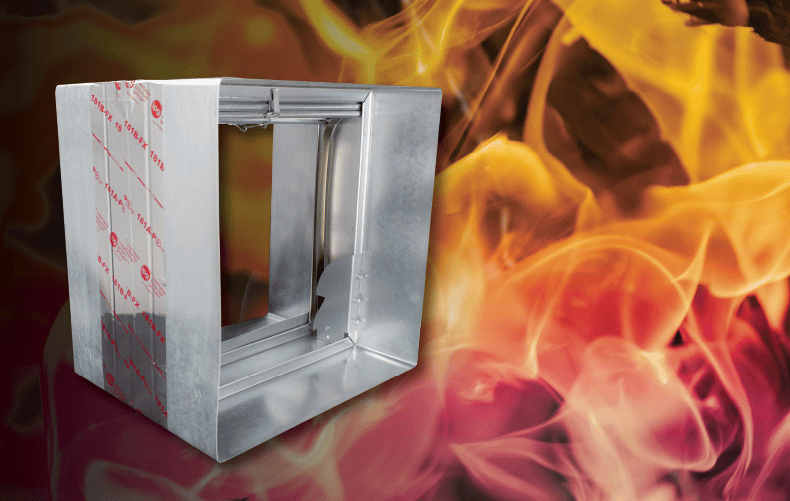
You will find these compartments in key areas throughout the building. Compartments help ensure occupants can safely evacuate during emergencies via established safe routes. Engineers design and rigorously test each passive device to contain dangerous fire elements in a specific building location when part of a complete assembly. Fire dampers and smoke dampers are passive protection for your HVAC system. We call these dampers UL-rated dampers, or life safety dampers.
Fire barriers are walls in a building that are built with fire-resistant material. Their main purpose is to withstand fire for a certain amount of time, depending on the barrier’s rating. Like most walls in a building, the fire barrier will have one or more points where ductwork passes through the wall. In the HVAC industry, we refer to these points as barrier penetrations. Flames can quickly spread through these penetrations and bypass the barrier. Fire dampers close off these penetrations during a fire to maintain the fire barrier.
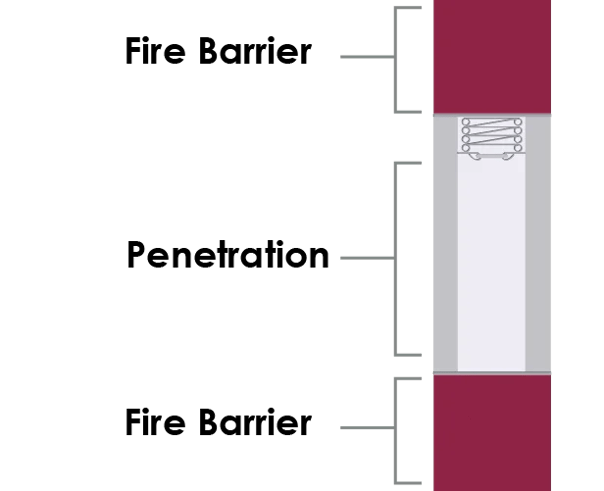
Fire dampers close at the first signs of a fire. They stay in the full-open position until they need to close. A heat response device, like a fusible link, holds the blades in place until they need to close. The exact placement of the fusible link will depend on the damper’s design. For curtain blade dampers, the fusible link will hold the blade to the top of the damper. Learn more about curtain blades with our Condenser article.
The fusible link breaks apart at elevated temperatures, typically 165 degrees Fahrenheit, which releases the blade. The curtain blade can close by spring action or by gravity. Once it is closed, the fire damper will cover the penetration.
Fire Dampers as Passive Protection
Fire dampers can be static or dynamic, depending on how your HVAC system handles a fire event. Dynamic fire dampers close against airflow. These dampers will use a spring mechanism to drive the blades closed. Static fire dampers require still-air conditions to fully close.
.webp?width=500&height=501&name=MCDLG2021%20-%20Product%20Spotlight%20Posts%20-%20Square%20-%20Curtain%20Fire%20Dampers%20(Resize).webp)
The blades of a static damper move to a fully closed position on their own, with only gravity to assist the closure method. Air passing through a static fire damper prevents it from closing. Use them only in applications when fire detection shuts down all system fans.
Once closed, fire dampers will remain closed. A technician will assess the damper to determine its reusability when it's safe to re-enter the building. If the curtain damper is still useable, the technician can open and reset the damper to its fully open position, then lock the blade in place with a new fusible link. If damaged, the technician will replace the damper with a new one. Each fire damper will have a fire-resistance rating, which is determined through rigorous testing of sample units.
Once testing is complete, engineers will rate the damper for one-and-a-half hours or three hours of fire resistance. This means that the fire damper will remain closed and intact for the rated period. This rating will coincide with the fire barrier’s rating. Choose 1.5-hour-rated fire dampers for barriers rated for less than three hours. Choose 3-hour-rated fire dampers when the barrier’s fire rating is three hours or more.
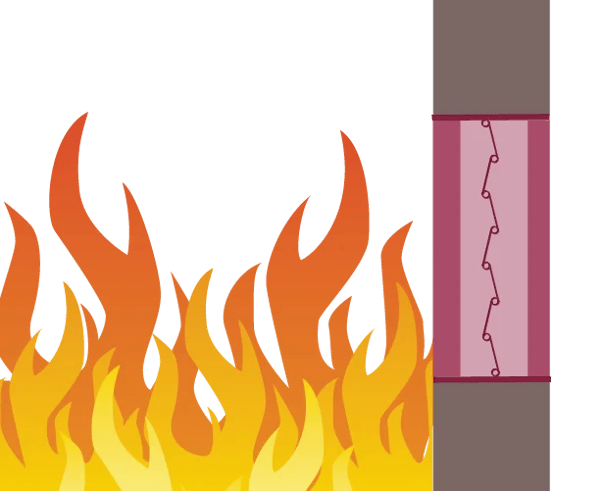
Life Safety Dampers in HVAC
Fire dampers are an important part of passive fire protection, but they won’t be the only passive device in your HVAC system. Smoke dampers close at the first signs of noxious fumes, so that the smoke from a fire doesn’t spread freely through ductwork. These dampers typically use an electric actuator which is connected to a smoke detection system. With this connection, the smoke detector can signal the actuator to close the damper when it detects smoke in the air stream.
Combination fire-smoke dampers contain both fire and smoke. These dampers handle both scenarios. Combination fire-smoke dampers will use an actuator equipped with a heat response device to react to elevated temperatures, instead of a fusible link.
The key to choosing the right damper involves understanding the application. You should know the rating of the barrier receiving the damper and whether system fans will shut off during a fire event. Understand the application before making your decision.
Looking for a fire damper? Air Balance offers fire dampers for static and dynamic airflow, rated for 1.5 hours or 3 hours of fire resistance. We build curtain-blade and multi-blade fire dampers to fit your project. Meet your fire safety requirements with Air Balance.
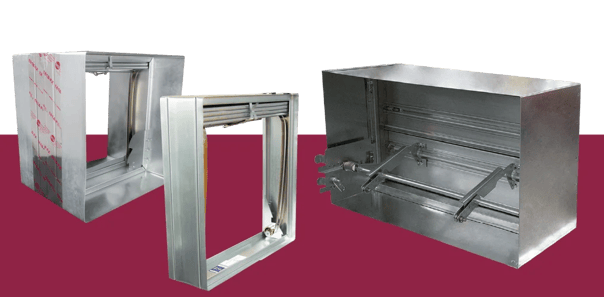
Need help right away? Contact MCDLG today. We are ready to help you.
.webp?width=91&height=70&name=MCDLG%20Logo%20(Resize).webp)
